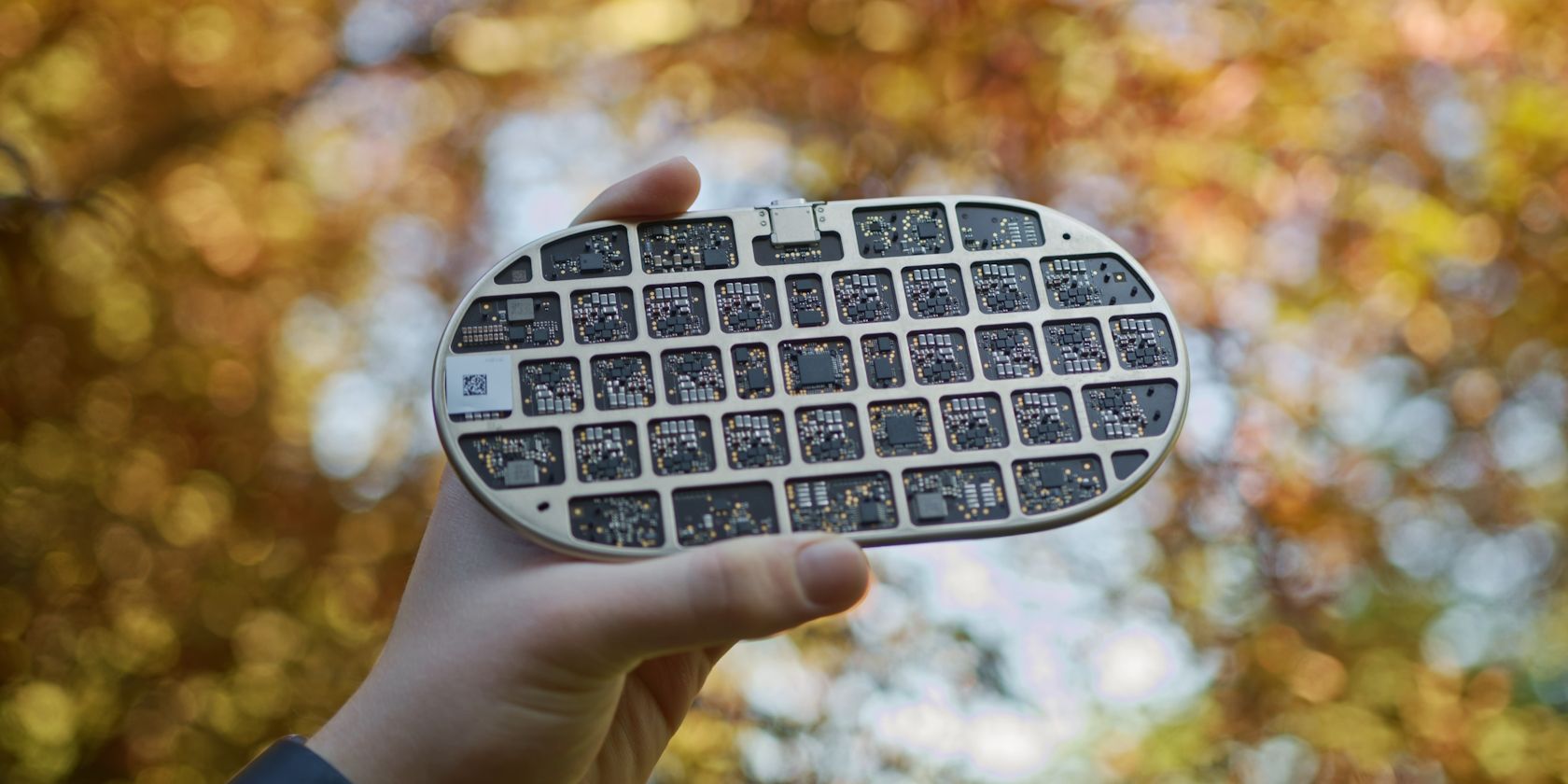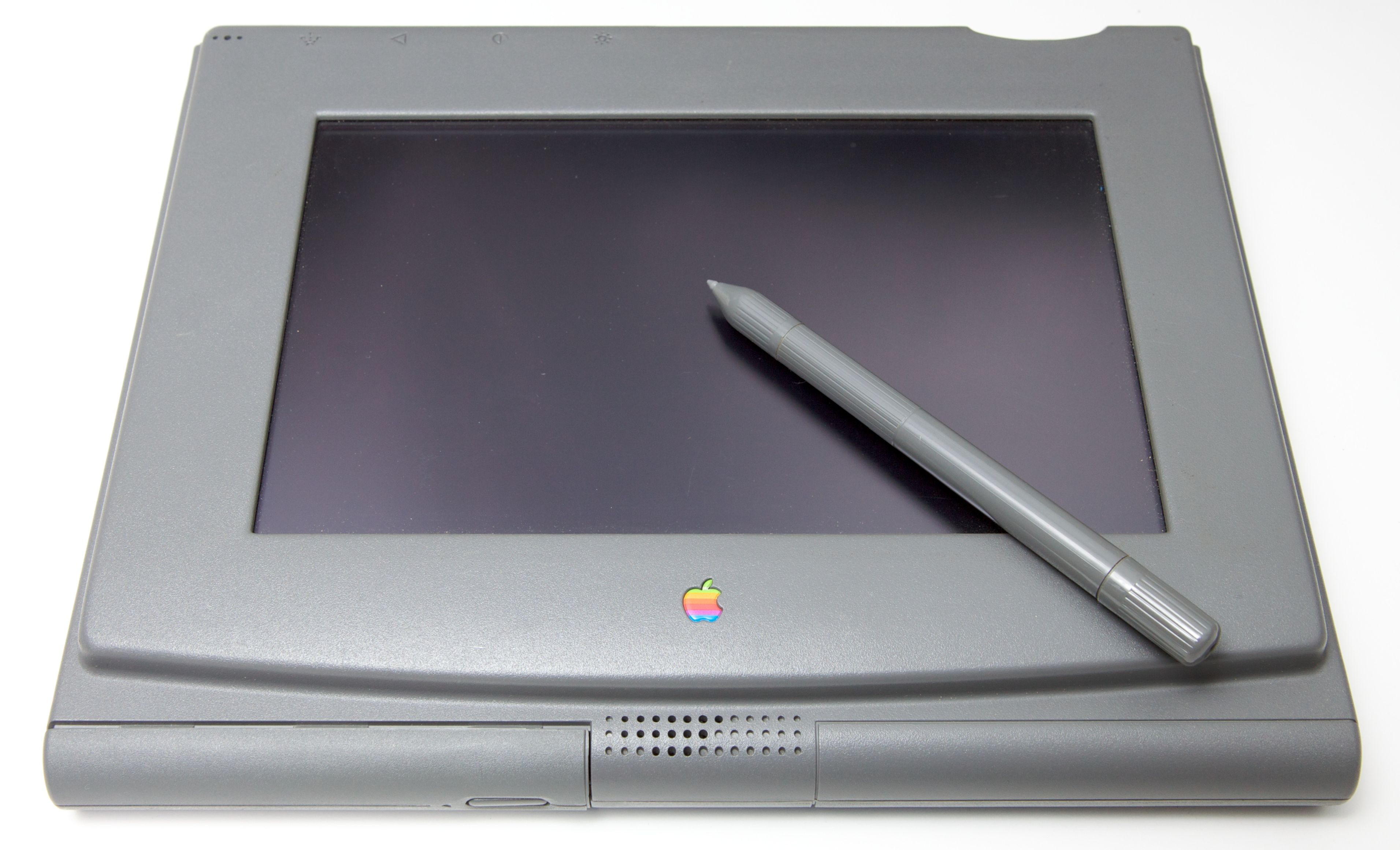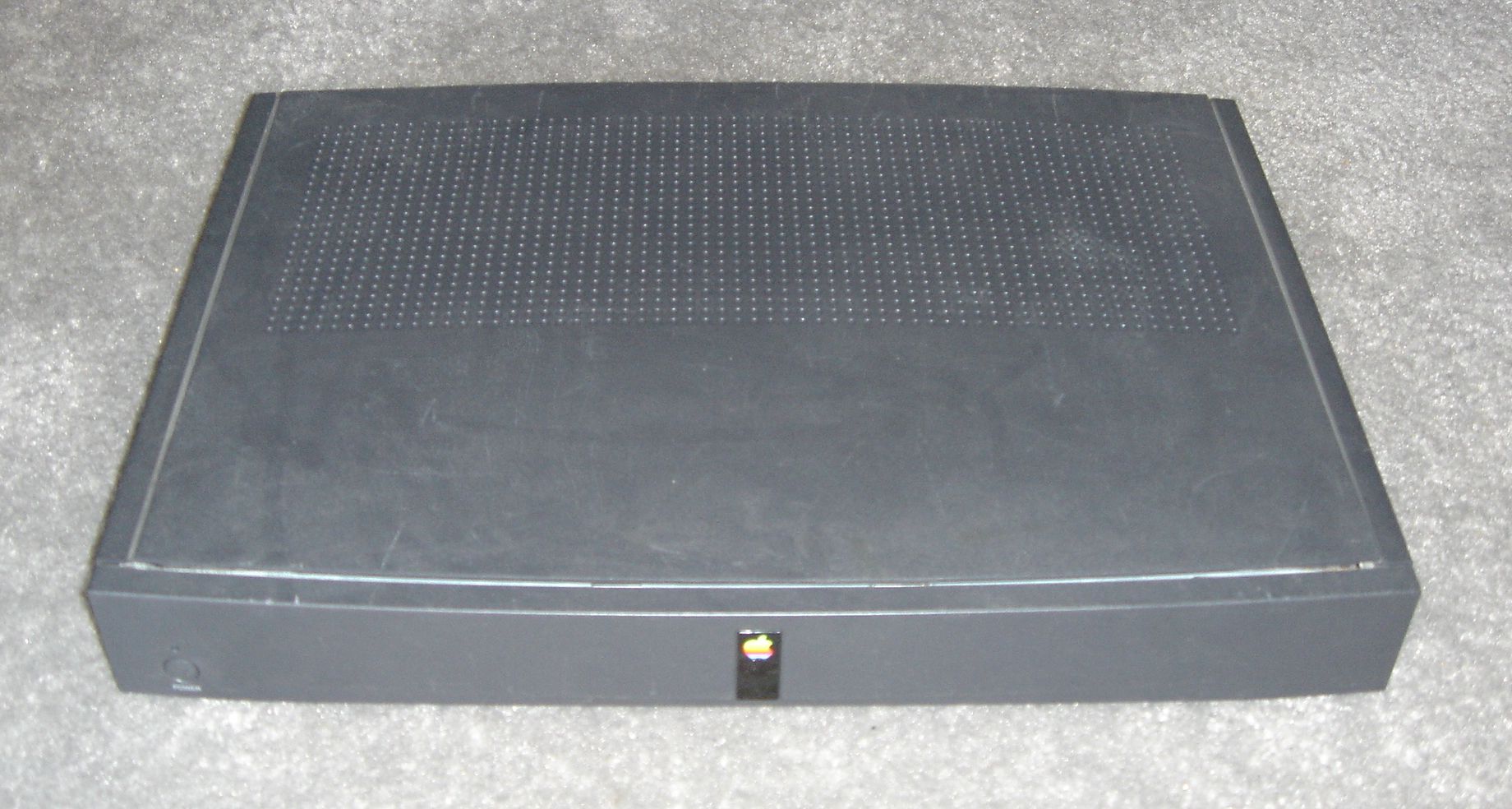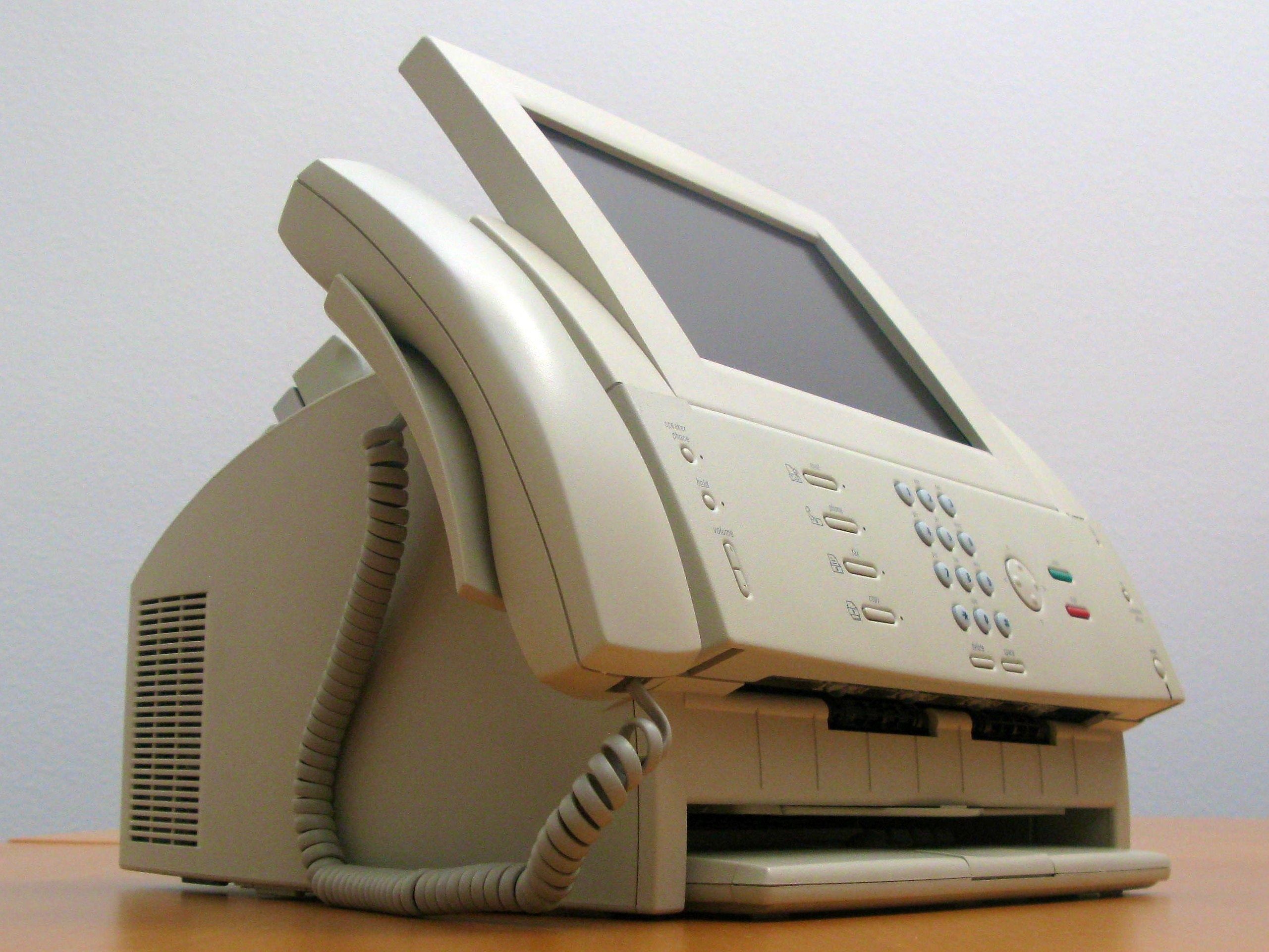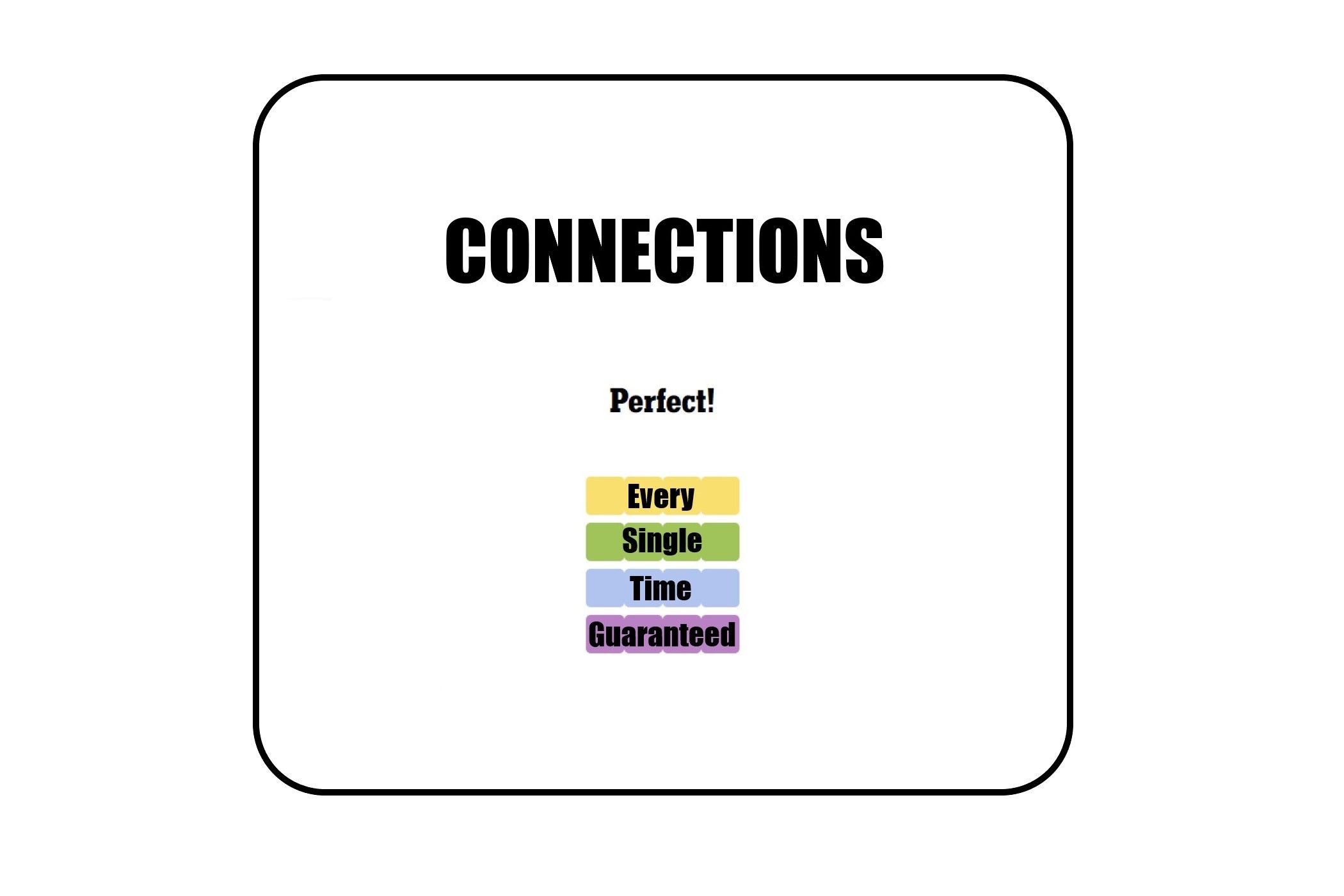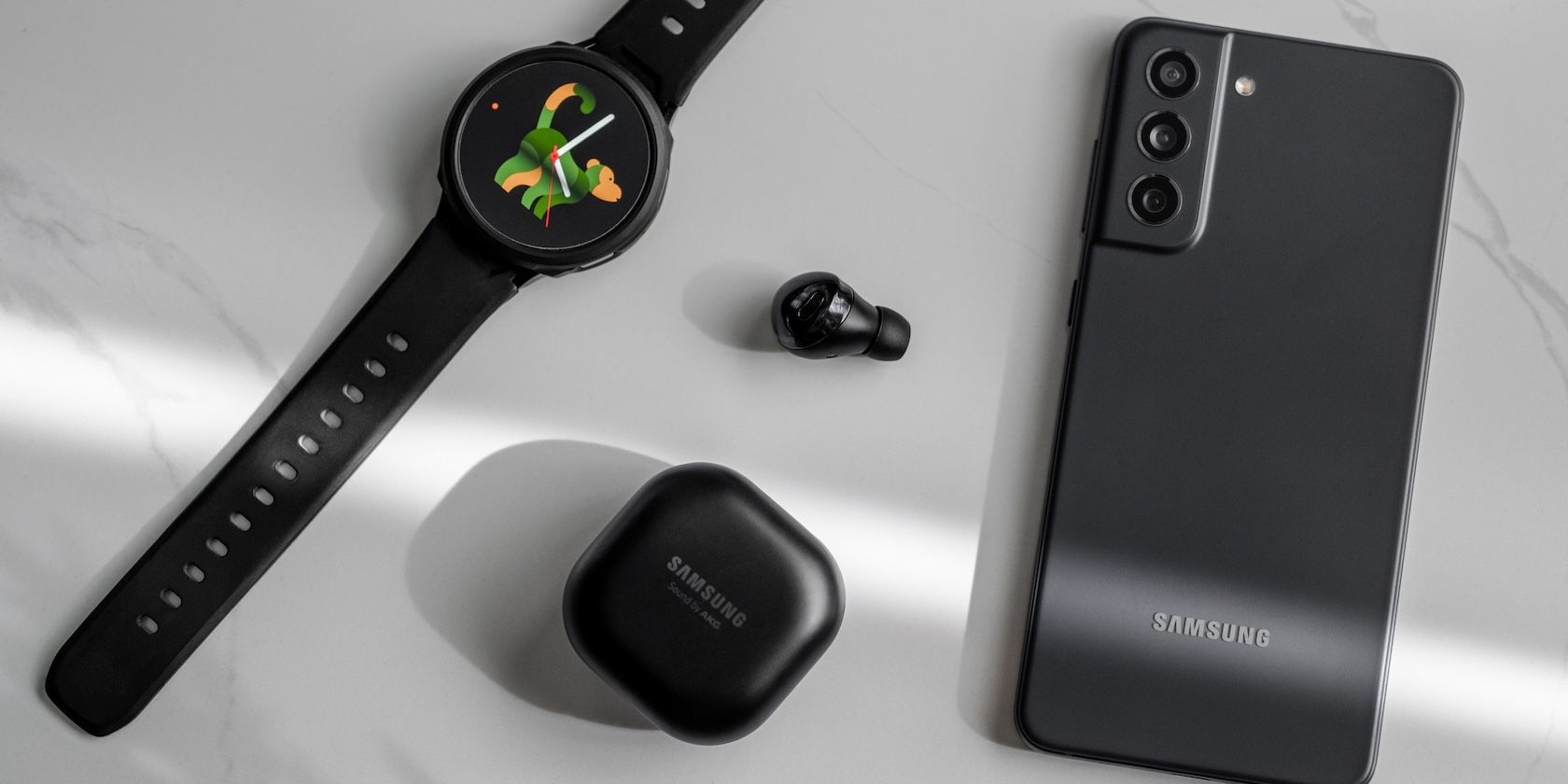Quick Links
The Apple Car is one of the highest-profile projects Apple failed to complete, but it’s far from the only one. Here, we’ll take a trip down memory lane and revisit Apple’s canceled projects and other products that didn’t make the market.
1 AirPower
AirPower is perhaps the biggest announced Apple product that never reached store shelves. In September 2017, Apple initially made its intentions clear to launch a one-of-a-kind wireless charging mat that would let users charge an iPhone, Apple Watch, and AirPods simultaneously, but the road to release was rough.
Apple faced challenges meeting its hardware standards, as reported by TechCrunch, and the company officially canceled the product in 2019 after multiple delays.
Although AirPower failed to enter the market, you can still buy three-in-one wireless chargers for these devices on Amazon. And if you’re interested in cable-free charging, you may want to check out some of the best MagSafe chargers for your iPhone.
2 PenLite
The iPad product line is one of Apple’s greatest success stories, but the company was experimenting with tablets long before it released one. PenLite is an early example of what was soon to come, as Apple created prototypes for this product in 1992.
The tablet featured a touchscreen that you could navigate with a pencil, bearing some resemblance to the iPad and Apple Pencil. Compared to the early iPads, the PenLite had chunky bezels around its screen. The screen size was nine inches, but it would have been grayscale, unlike the iPad.
Apple canceled PenLite in 1993, but later that year, it released touchscreen products via the Apple Newton project that failed miserably.
3 The Bashful Tablet
Another early example of Apple’s desire to create high-end tablets was Bashful, which the company began conceptualizing around a decade before the PenLite and subsequent Newton project. This 1983 concept was developed by Frog Design, but as reported by Engadget and other publications, the tablet design only surfaced in 2010.
Wired gathered some images of what the tablet would have looked like. Compared to modern iPads, the Bashful tablet would have looked more like a computer and was also a lot thicker. Bashful got its name from the Snow White character, and Apple used Snow White design—also brought to life by Frog Design—on the computers that it released between 1984 and 1990.
While the tablet never saw the light of day, it does help us understand how Apple developed the concept of the iPad over time.
4 Apple Interactive Television Box
One can argue that Apple’s TV ventures aren’t as well-known as the MacBook, iPad, iPhone, or Apple Watch. But the company has been involved in this space for a while, and the Apple Interactive Television Box (AITB) is one example of that.
Apple began testing the AITB in the 1990s and experimented with both the European and US markets. The company also worked with Belgian communications company Proximus (then known as Belgacom), along with Verizon (then known as Bell Atlantic) and other global communications companies, to conceptualize and create the box.
Had it been released, users would’ve been able to access a broad access of TV shows after connecting the box to the TV. The project was disbanded despite rolling out to selected households in the US and Europe in 1994 and 1995.
While Apple didn’t fully release the AITB, the project paved the way for Apple TV—the streaming device, that is. If you’re confused by these product names, it’s worth learning the difference between Apple TV, Apple TV+, and the Apple TV app.
5 Magic Charger
While AirPower was one of the clearest examples of Apple experimenting with wireless charging before bringing MagSafe to iPhones, it might not have been the only one. In November 2022, some users posted on X (formerly Twitter) a photo of what looked like an unreleased charger for Apple devices.
The charger in these images has a platform that you can lift, and as mentioned by The Verge, it seems like this charger can only power an iPhone. That’s no match for some great 3-in-1 charging stations for Apple devices, so we’re not surprised that it didn’t enter mass production.
6 The Jonathan Computer
Apple revolutionized the computer landscape; one reason this was possible is because the company experimented with multiple prototypes throughout the years. The Jonathan computer is one of those, and Stories of Apple covered it in detail.
The idea behind the Jonathan computer was that you could continuously upgrade your computer’s operating systems in multiple ways. The computer itself is a thing of beauty, but we’re not sure whether the proposed functionalities would have worked in a practical sense.
Apple decided not to move forward with the project for several reasons, with profitability being a big factor. However, the company incorporated some of the designs in future projects, so it wasn’t a complete waste of time.
7 Copland
Copland was perhaps Apple’s most famous never-released software project. The company started working on the concept after it had scaling issues with Mac OS at the time.
Gershwin would have eventually replaced Copland had things gone according to plan. Copland was also supposed to be the gateway for unique new features like multitasking.
Besides scaling, Apple also had trouble competing with Microsoft’s Windows at the time. As reported by Cult of Mac, many people felt like the gap between Windows 95 and Mac OS System 7 wasn’t as big as with previous software versions.
Despite over a year of significant testing, Copland never saw the light of day, as Apple abandoned it along with the Gershwin project in 1996. Instead, the company released Mac OS 8 in 1997 and transitioned to a more scalable solution with Mac OS X in 2001.
8 Apple Paladin
Apple experimented with all-in-one devices well before it introduced the original iMac in 1998. Apple Paladin was one of these, and the prototype was mainly aimed at businesses rather than consumers.
Paladin featured a computer and fax machine as part of the same device, in addition to a telephone. Had it been released, workers would have been able to organize everything from the same place—it would’ve been particularly useful for receptionists.
Despite its promise, the Paladin never officially made it to the market. We imagine fitting three systems into one posed a significant challenge for Apple.
All of these projects highlight the importance of failing if you want to succeed, and they also demonstrate Apple’s innovative nature. Many of the abandoned launches and concepts, such as Apple’s tablets, paved the way for future releases. So even if they never made it to the market, they’re still a core part of the company’s history.

